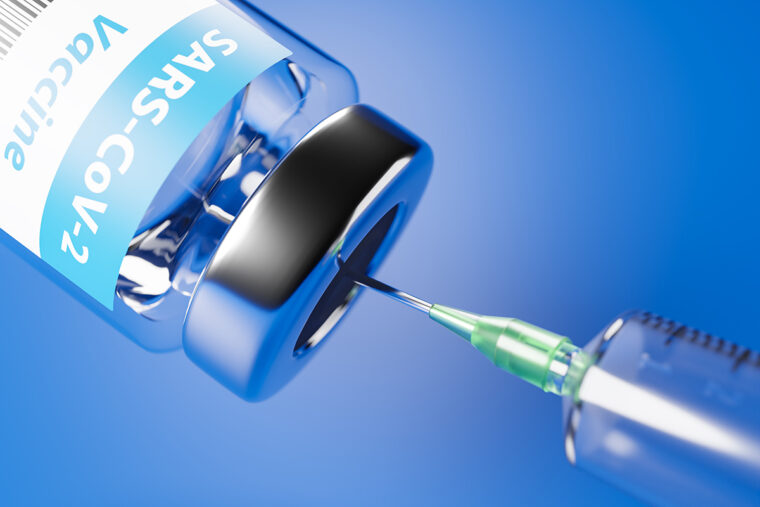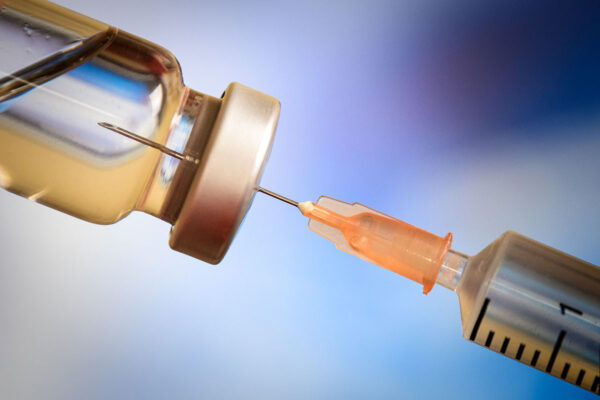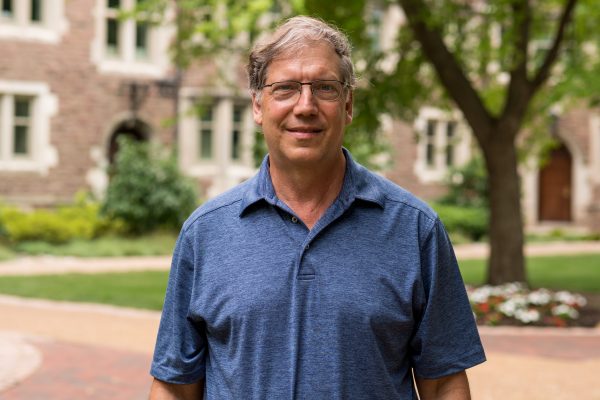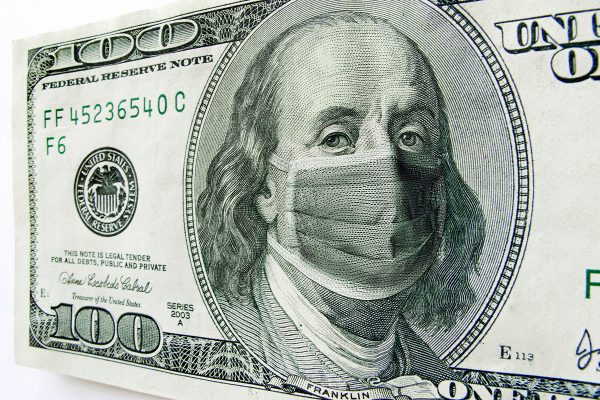Relaxing stay-at-home social and business policies should occur prior to the peak and could be accompanied by increases in the infection rate of COVID-19. And the race for a vaccine will lose its value to big Pharma almost with each passing day, which may well impact private-sector investment in finding one.
Those are the main findings by two economists from Washington University in St. Louis and another from the Federal Reserve Bank in St. Louis who investigated the properties of the optimal lockdown policy — taking into account uncertainty about the appropriate way to value human life and the future date if/when a vaccine becomes available.
And, according to the dozens of models the economists worked, it didn’t draw a pretty picture:
- The economic value of a vaccine to pharmaceutical companies decreases over time, so the private sector is expected to invest fewer and fewer resources into a vaccine as the pandemic continues without one
- Under the optimal policy, easing of stay-at-home and business policies, similar to what many states are undergoing currently, occurs “always before” the peak infection rate
- The optimal policy for liberalizing social and economic rules depends upon the number of people infected and susceptible
- The lockdown — working from home, social distancing, few people within close proximity — could last anywhere from 20 weeks (we’re halfway there now) to 60 weeks
- And if/when a vaccine arrives, any liberalization that follows without the presence of wide-scale inoculation means the disease spread could increase.
The vaccine’s value to big pharma — or, as they find, devaluation — raises particular concern from their modeling.
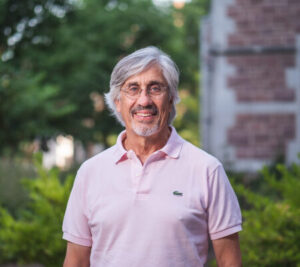
“Market value will drop considerably in one year,” said Rody Manuelli, the James S. McDonnell Distinguished University Professor in economics in Arts & Sciences. “And it decreases a lot. If we flatten the curve now, that means we’ve made the vaccine worth more.
“The social value is great, so let’s make sure we offer incentives to the private sector to make sure they do enough R&D to produce a vaccine.”
These are part of the trade-offs and balances that the economists attempted to model as a way to uncover what they call “optimal policy” amid the pandemic.
“We’re trying to understand the policy that takes into consideration the value of human life as well as the value of consumption,” Manuelli said of the delicate balance they wanted to compute. “Society does put a value on human life. We do that formally all the time.”
For instance, when passing regulations such as inflammable clothing for children or highway speed limits, policymakers assess human lives saved vs. lost. The economists used variations in their models, with future earnings potential ranging from $2 million to $10 million in a lifetime, the latter being accepted as something of a standard.
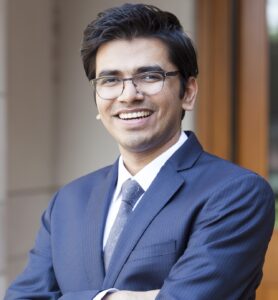
“The Department of Transportation does that estimate, and they do it to design all of their policy,” said Sid Sanghi, a PhD candidate in economics and co-author of the paper, titled “Optimal Management of an Epidemic: Lockdown, Vaccine, and Value of Life.” Such an estimation is part of evaluating policy and regulation surrounding such safety precautions as speed limits, accidents, construction, design, signage and so on.
Yet the economists — joined by Carlos Garriga of the St. Louis Fed — ran their models, which included an economic model plus an epidemiological one, for a total of some 50 variations, writing in their unpublished paper that the results are “extremely sensitive” to the details of the epidemiological model.
However, they caution that this entire pandemic remains a mystery. Data is shrouded in uncertainty, as is much of the research and common beliefs still early in a COVID-19 crisis entering its sixth month globally.
“It isn’t just the data that is incomplete,” Manuelli said. “There is uncertainty about the right values of the epidemiological model. There are lots of dimensions … that a person in charge of public health would like the answers to. They have a hard time. They still have to make decisions.”
So economists and other academicians try to offer findings to inform such policymaking. As the co-authors wrote in this paper: “Even when we restrict the analysis to reasonable bounds, we find widely varying implications. We view this paper as a first attempt to understand optimal policies and the key elements that shape them.”
Manuelli added: “To be realistic, I think what economists are doing is working to make people aware: We have to do calculations. This would be the model similar to the Department of Transportation trying to decide when to lower the speed limit.”
WashU Response to COVID-19
Visit coronavirus.wustl.edu for the latest information about WashU updates and policies. See all stories related to COVID-19.
